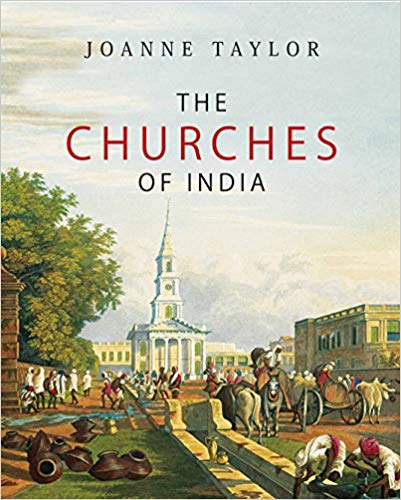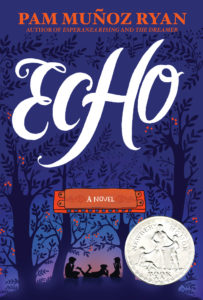Tuesday Reads ( Vol 4), 9 July 2019
Dear Reader,
It is a tough choice to select the books I wish to mention in this newsletter. There is so much good literature being published — a delight to read. Many times the ideas and motives for a book are also tremendous. But sometimes the execution of the idea or perhaps even the production in the book fails. Sadly such moments leave the reader in a pall of gloom.
But let us begin with the first book, a gorgeous, gorgeous collection of essays by the late Oliver Sacks. British neurologist, naturalist, historian of science, and author who passed away in 2015. Fortunately he was a prolific writer and left a magnificent literary estate. His posthumous publications have included two collections of essays. Everything in its Place is the second of these books. It consists of his contributions to various magazines and newspapers. As always there is plenty to mull over. Sacks has the astonishing ability to make many light bulbs go on inside one’s head and think, “Exactly! This is it! He got it!” Read on more in this blog post.
The second book which I read ages ago but was unable to write about since there was so much to dwell upon was debut writer Guy Gunaratne’s In Our Mad and Furious City. It is impossible to put in a nutshell the feeling that this book leaves you with. It is a mix between disturbing and thought-provoking narrative. Perhaps it is best to reproduce the book blurb:
For Selvon, Ardan and Yusuf, growing up under the towers of Stones Estate, summer means what it does anywhere: football, music and freedom. But now, after the killing of a British soldier, riots are spreading across the city, and nowhere is safe.
While the fury swirls around them, Selvon and Ardan remain focused on their own obsessions, girls and grime. Their friend Yusuf is caught up in a different tide, a wave of radicalism surging through his local mosque, threatening to carry his troubled brother, Irfan, with it.
Unsurprisingly this book has won or been shortlisted for many awards including the prestigious International Dylan Thomas Prize and Jhalak Prize. It has been a remarkable run for the filmmaker-turned-writer Guy Gunaratne. In Our Mad and Furious City is a tremendous book but it will be Guy Gunaratne’s third book ( if he ever does publish it) that will be the one to watch out for.
The last book is The Churches of India by Australian Joanne Taylor. It is a heavily illustrated book with an interesting collection of churches in India. This book is an attempt to put together a history of some of the better known churches of India. Unfortunately the definite article in the title raises expectations of it being a comprehensive overview of the churches in India, which it certainly is not. It is a book that is focused very much on the churches found on the well-established tourist circuit of Goa, Chennai, Kolkata, Mumbai, Delhi, Puducherry and Chandannagar. The influences of the Portugese, British and French colonial rulers is evident in the architecture. So the churches showcased are definitely magnificent and some of the buildings are many centuries old. Yet, the glaring gaps in the representation of churches even within the National Capital Region of Delhi such as of St. Johns Church, Meerut is unforgivable. It is a church that was consecrated by Bishop Heber when he visited India in the early nineteenth century. It is also the church associated with the events of 1857. It is about an hour and a half drive from the capital city of Delhi so its exclusion is surprising. Similarly by focusing predominantly on magnificent colonial structures with a scrumptious display of images gives the impression that Christianity came to the subcontinent with colonialism and that is far from the truth. Christianity came to the subcontinent with the arrival of one of Christ’s disciples, St. Thomas, nearly two millennia ago — mentioned briefly in the book’s introduction. Subsequently congregations are known to gather in different parts of the country with churches as simple and bare as mud floors and thatched roofs to the more elaborate colonial buildings as documented in this book. The vast silences of churches that exist in central India, north east India with its wide variety of churches belonging to different denominations or the northern states of Punjab, Himachal Pradesh and Jammu & Kashmir, to name a few, is inexplicable. Finally, glaring errors such as referring to The Cathedral Church of the Redemption as “Roman Catholic” (p.230) is preposterous. As stated accurately in the book it was built for the Viceroy in 1931 by Henry Medd. Given that the British designed and built it for their Viceroy, a representative of the British Crown, it has to be an Anglican or Protestant church — a fact misrepresented in the entry. While the hardwork of the author is evident in putting together histories of the churches profiled, the reader’s trust in the facts presented is weakened considerably by these errors. Books like this while fulfilling a wonderful requirement of documenting these beautiful buildings mar their very own credibility by being slipshod in factchecking. Perhaps this is something the editorial team could have assisted the author with rather than the entire onus resting upon the author alone?
Till next week!
JAYA
9 July 2019


